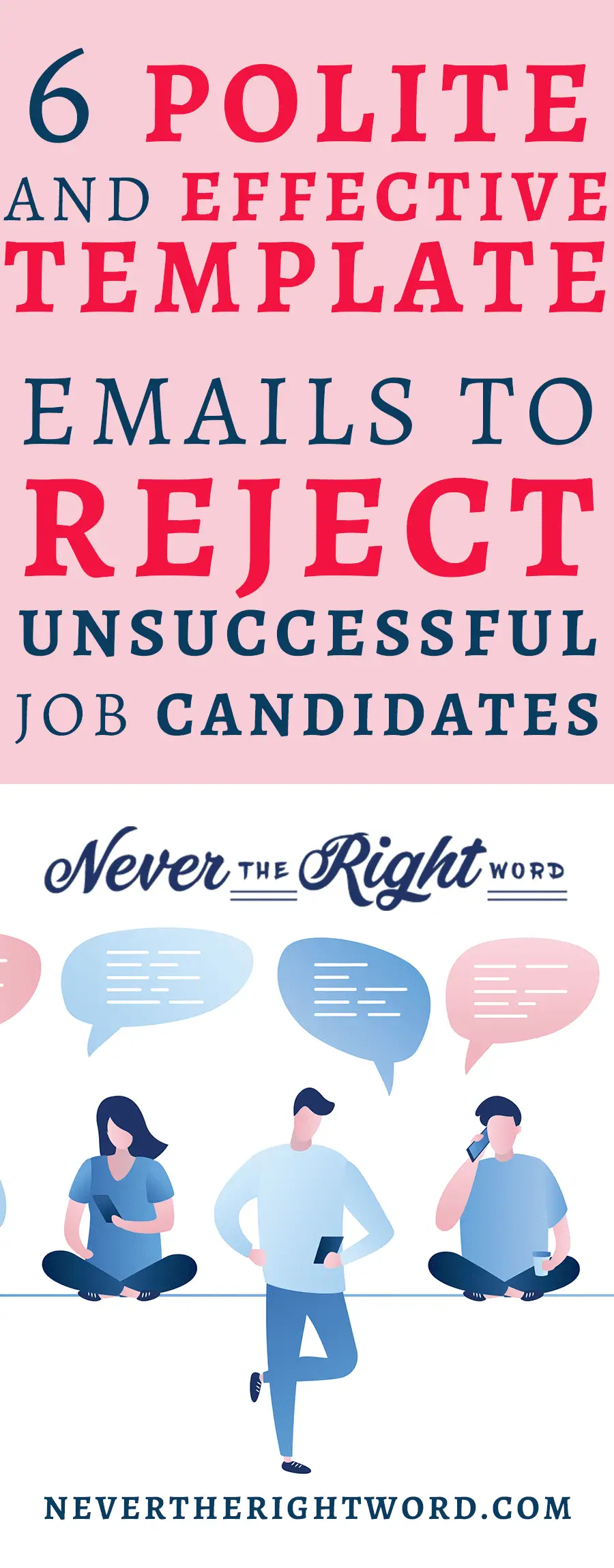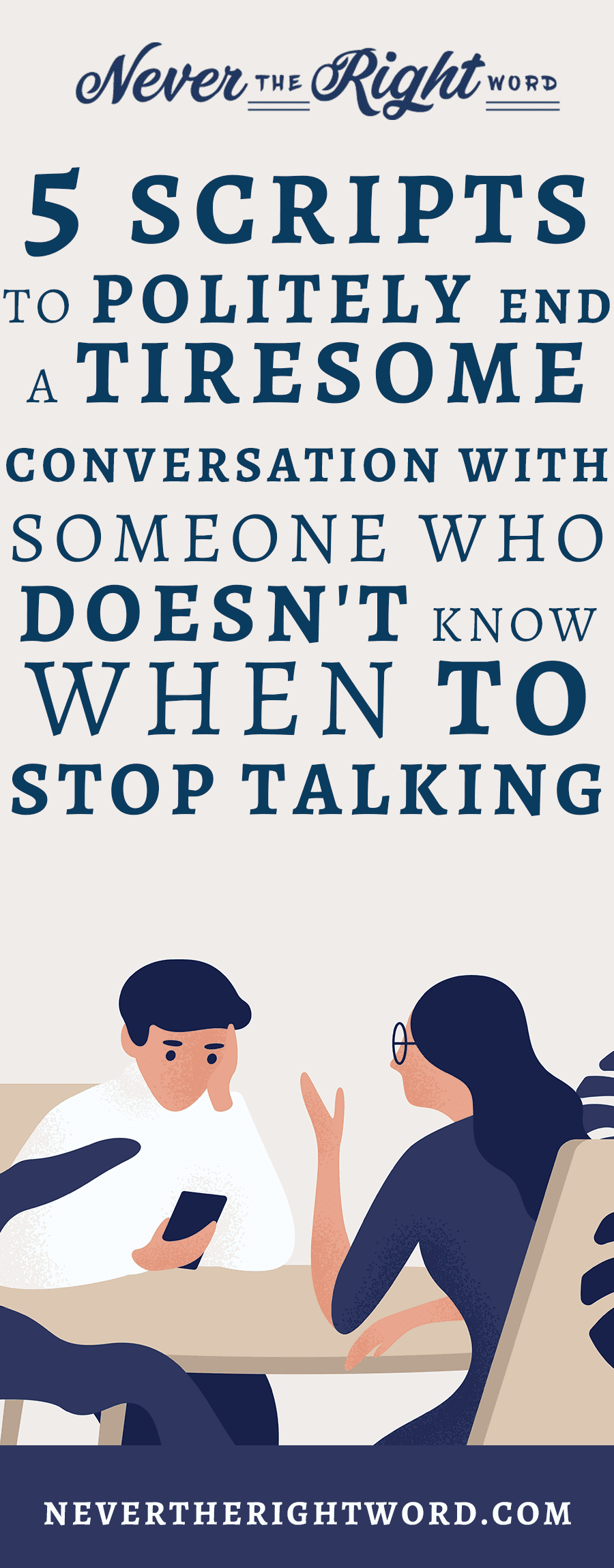How to Stop Your Kid’s ‘Sticky Fingers’
Children over a certain age should understand that stealing is wrong, but there are instances where they haven’t quite gotten the concept. Here’s the best way to teach kids not to take things that aren’t theirs.
There are cases where a toddler grabs something off a store shelf without realizing it’s wrong to do so. However, most kids who steal do so intentionally. There are many reasons why a child may choose to steal, and your first step as a parent should be to try and understand them.
So, how do you fix your kid’s ‘sticky fingers’?
Find ways to help them understand why it’s wrong and how annoying it is when something is stolen from you. Have them return whatever they took—if they can—and make amends for their own actions.
To avoid making the situation ten times worse, don’t sugarcoat the implications of their actions. Meaning, don’t call your child’s stealing anything other than what it is, (it’s not borrowing), or put the blame someone other than your child.
If you can help your child understand what it feels like having someone steal from them (downright infuriating), they’re unlikely to repeat their mistake.
Let Them Experience The Consequences!
For any responsible parent, it’s second nature to be embarrassed when your child has done wrong. It will be tempting to protect your child, and yourself, from the shame of their actions. You may want to sweep the whole thing under the rug and just quietly return the item.
Although it’s fine to avoid a big public fuss and return the item quietly, you should never shield your child from the repercussions—and yes, the shame—of what they’ve done. You cannot and should not protect your kids from everything, especially when it’s the result of something they did wrong. Shame is natural and healthy when it’s a result of our own mistakes; it teaches us not to repeat the mistake.
Allow your child to experience the shame. Only by seeing and feeling the adverse results of stealing will they begin to understand why they shouldn’t do it. It’s important that they be the ones to return whatever they’ve stolen.
Your Child Stole, Not You
Your child’s actions were wrong, and they need to be held to account for them, but you should also remember that they’re still learning about life. Don’t put them down or tell them how bad a person they are. They will most likely be tearful or sullen, and balk at the idea of giving back what they took because they’re embarrassed. This embarrassment is natural, and you shouldn’t try to brush it off or take the burden away.
As a parent, it may be painful to watch your child struggle with their shame. Don’t let it worry you too much; embarrassment is a healthy part of the lesson. Tell your child directly that your love for them hasn’t changed, but you are disappointed by their actions. After you’ve established this, let them know that they will now need to go with you and give the stolen item(s) back if possible.
In a situation where the stolen item can’t be given back (for example, candy that was already eaten), go with them to apologize for the theft. Have them offer reparations to the person they stole it from.
What type of reparations are needed will depend on the circumstances and the people involved. If whatever your child has stolen can be given back, they will need to return whatever was taken with their own hands. You can’t do this on their behalf. Your child must do it. This may seem like quibbling, but there is significance in the act of handing the item back to its rightful owner, and it will help your child to better internalize what is happening.
In addition, having them go through these steps for themselves will aid in their learning. Some lessons are best taught through experience. Though not always a gentle teacher, there are times when personal experience is most successful at providing the necessary impact. Once in a while, a child needs to come face to face with the hard facts of life.
Once your child has returned their ill-gotten gains, they will begin to feel better. However, you shouldn’t expect them to be happy about returning what they stole. Many children will be angry with you, the authority figure who made them face embarrassment and give the item back. Give them time and don’t expect them to thank you, or to be their usual cheerful self right away.
When teaching your child a serious lesson, like not to steal, their immediate happiness is not what’s important. The happiness of their future self should be your goal. No matter how painful it is to watch your child suffer, whatever unhappiness they feel now will be for their benefit in the coming years.
Illustrations courtesy of Shutterstock.
This article was originally published on https://www.nevertherightword.com. If this article appears on any other site other than https://www.nevertherightword.com without clear referencing it is a violation of the copyright owned by https://www.nevertherightword.com.
This article may contain affiliate links. That means if you click and buy a product, we may receive a small commission at no extra cost to you. Never the Right Word is a participant in the Awin Affiliates Program, an affiliate advertising program designed to provide a means for sites to earn advertising fees by advertising and linking to participating merchants. For more information, please view our Privacy Policy and Earnings Disclosure page.
Why Kids Get ‘Sticky Fingers’
There are any number of reasons why a child might be stealing. They might be curious as to how much they can get away with, or thrilled by having such a big secret. It could also be a result of emotional turmoil, caused by something that’s happening in their lives.
Stealing may also be caused by a lack of attention in a child’s life. They may steal because their parents are always busy with work or other life circumstances, or because of a divorce which has uprooted the family. Poverty or jealousy over what classmates or friends have can also be a cause. They may simply feel that they aren’t getting enough of the things they want.
In regards to attention-seeking, children who compulsively steal may be unaware of their parents’ feelings for them, or may be feeling neglected. In cases such as these, it is imperative to address these feelings as well as the stealing itself. The child will need to be reminded that their parents do care, that they have not been forgotten, and that whatever is happening in the family does not detract from the child’s own worth.
Divorce is hard on the entire family, but it can especially difficult for small children. Because children can understand that divorce is a significant change that calls their parent’s attention, stealing can be a side-effect of divorce.
Teaching Kids About Stealing
Much of the time when small children steal, they do so without knowing what effects stealing has on others. Whether before or after the theft, they need to be taught how taking that item will affect everyone around them.
1 | Don’t just pat your child on the head and tell them not to do it in future. Explain that stealing is wrong, and tell them how it hurts others.
2 | Give them a consequence. Without the correct repercussions, the stolen items may keep getting bigger as your child gets older.
Address these three essential ideas when teaching your child not to take what isn’t theirs:
1 | Stealing doesn’t just affect you—it also hurts others.
2 | You’ll feel better after taking responsibility for what you’ve done, even when it’s hard.
3 | There are unavoidable consequences of stealing, and lying, that will get worse as you grow older.
All of these things are hard to learn but essential to understand. Your child needs to know, and take seriously, these three facts about stealing. It may take a while to teach them, but it’s important that they understand.
How Do I Teach A Young Child Not to Steal?
Here are some things you could say to a child to help them understand that stealing is bad. These are just a few suggestions you can build on, so you have an idea of where to start.
If a friend offers you a toy/item to keep, make sure you ask their mom if it’s all right to keep it first.
It’s wrong to just take things that aren’t ours, even when we really want them. How would you feel if someone took one of your things?
If you want something, ask me first. I’ll only say no when I have a good reason. Mommy and Daddy only get a small amount of money every month, and we have to use it for food and the other things our family needs. (Here you might show the child your wallet.] After this money is gone, I can’t buy anything else this month, but we might be able to come back and get what you wanted later.” (Make a note of it on the grocery list so your child knows you mean it.]
Don’t take anything from a store until you ask Mommy or Daddy and we tell you it’s okay. [This can be substituted with another guardian as needed.]
Children Need to Be Reminded That Stealing is Wrong
You may end up feeling like a broken record after all the times you’ve repeated yourself, but it’s necessary. Even when it looks like your efforts are getting no results, the message is inside your child’s brain somewhere. You just need to access it.
One good way to make an impression is to let someone else catch them stealing. Some children are very confident in their parents’ unending love for them, and this is a good thing, but they may sometimes take advantage of it.
Instead of coming to your child’s rescue when you know, they’re stealing, allow them to be caught. Better yet, orchestrate it in a controlled manner.
This may sound cruel, but it’s no more so than allowing them to continue stealing until they really get into trouble. One of the best ways to express your love for a child is by letting them experience the ups and downs of life.
Being caught by someone other than you will give them a glimpse of what real life is like—while they are still safely under your care.
How to Control Your Emotions When You Feel Let Down by Your Child
It’s natural to be angry when your child does something wrong, like stealing. However, the more you understand what influence your reaction will have on your child, the easier you will find it to stay calm.
It won’t be comfortable for you to stay calm, but it’s possible. All you have to do is remember that your child is learning. What they did is wrong, but they’re still young and impressionable. What you teach them now, and how you teach it, will mold their future.
Imagine that your child has taken something that isn’t theirs, for practically the hundredth time. You have to teach them not to steal all over again. You’re exasperated, angry, and unsure how to react.
There are a few options for ways you could react. We’re going to mention only the two most common reactions:
1 | You can get angry, yell at them, and make them go to their room.
2 | You can take a deep breath, sit them down, and tell them to wait. When you feel more able to handle the situation, go back and discuss the issue in a calm, controlled manner.
While number one may be tempting, number two is the better option. If you’re frustrated and upset by your child’s problems, you’re allowed to take a time out. No rule says you need to respond on the spot. Giving yourself time to calm down lets you respond the way you want to, instead of the way your anger makes you. Besides, making your child sit and wait for you to calm down allows them to think about what they’ve done wrong.
Make them aware of how disappointed you are in their behavior. Explain to your child how sad and frustrated you feel when they keep stealing. Tell them that you know how good they can be. Explain how proud you are of them when they do good things, and how sad it makes you when they do what they know is wrong.
Depending on your child, this tactic can be golden. Young children care about what you think and how you feel about them. They are impressionable, as we said earlier. Your happiness or sadness still affects them. When your child moves on to adolescence, everything will change—but at this young age, you generally have a solid pull.
At Never the Right Word, our aim is to give you practical examples of how to handle life’s difficult conversations. If you have an awkward situation that you’d like example templates for, request a topic here.
If you’re interested in further reading, we’ve also included links to our trusted resources and related posts below. To find out more about NTRW and our recommended tools, you can do that here.
Lastly, if you found this content helpful or want to share your own examples, let us know in the comments. We’d also be delighted if you shared this article and joined us on social media too!

Never the Right Word
Hi there! I’m Amy, and I’m the person behind Never the Right Word. I’m a designer-by-day who’s fascinated by human psychology; you’ll find me learning about what makes others tick through all types of media and good old-fashioned conversation. Learn more about me here.
In 2019 Never the Right Word was born to fill the gap of ‘how-to’ websites with copy and paste examples showing you EXACTLY what you need to say to steer difficult conversations into positive outcomes.
Recent Articles...
Relevant Books We Recommend...

Based on their New York Times bestselling book No-Drama Discipline, internationally acclaimed neuropsychiatrist Daniel J. Siegel, MD, and brain-based parenting expert Tina Payne Bryson, Ph.D., has created a guide to manage and reduce drama in your interactions with your kids, and even decrease the amount of time you spend having to discipline. Develop clear and consistent strategies for responding to misbehavior, move from tantrum to tranquility by connecting and calming and practice tips to remain firm and consistent in your discipline, while communicating with warmth, love, respect, and compassion. CLICK HERE to get your copy.

The ultimate "parenting bible" (The Boston Globe) with a new foreword—and available as an ebook for the first time—a timeless, beloved book on how to effectively communicate with your child from the #1 New York Times bestselling authors Adele Faber and Elaine Mazlish. Cope with your child's negative feelings, such as frustration, anger, and disappointment while using effective discipline techniques. Enthusiastically praised by parents and professionals around the world, the down-to-earth, respectful approach of Faber and Mazlish makes relationships with children of all ages less stressful and more rewarding. CLICK HERE to get your copy.

In this easy-to-read, science-based book, parents, caregivers, and adults of all kinds discover how discipline affects children’s development, why intervention should reinforce connection not separation, and why the disciplinary strategies that may have been used on us as children are not the ones that children really need. As a practicing child and family psychologist and advisor to the British Columbia ministry of children and families, Dr. Vanessa has seen it all, and she has navigated hundreds of tough situations with families. Drawing on scientific research and a wealth of clinical experience, she shows you how to put out the fire without dampening your child’s spirits; how to correct their behavior while emphasizing connection; and how to discipline without damage. CLICK HERE to get your copy.

Based on the latest research on brain development and extensive clinical experience with parents, Dr. Laura Markham’s approach is as simple as it is effective. Her message: Fostering emotional connection with your child creates real and lasting change. When you have that vital connection, you don’t need to threaten, nag, plead, bribe—or even punish. This remarkable guide will help parents better understand their own emotions—and get them in check—so they can parent with healthy limits, empathy, and clear communication to raise a self-disciplined child. Step-by-step examples give solutions and kid-tested phrasing for parents of toddlers right through the elementary years. CLICK HERE to get your copy.
Check Out Our Recommended Resources.
Looking to become a digital publisher like us? We highly recommend these tried-and-tested tools:
We Recommend Elegant Themes
The Elegant Themes membership gives you complete access to 87 amazing themes and 3 awesome plugins, including Divi, the ultimate WordPress Theme and Visual Page builder. Elegant Themes have been building the world's most popular WordPress themes for the past 10 years, and rest assured their products will always be improved and maintained.
Build Anything With Divi Theme
One of the most popular WordPress themes in the world. Building layouts is easy and fast, making it ideal to create mockups and wireframes, prototyping a design, and creating the website itself. Build from the frontend or backend. The builder is intuitive. It's easy to learn and can be used by non-developers to create amazing websites.
Customize With Divi Cake Plugins
Divi Cake’s main goal is to help the members of the Divi community find the perfect premium Divi themes, layouts, and plugins created by leading Divi developers and designers. Shop hundreds of premium Divi products like Divi child themes, Divi layouts, and Divi plugins on Divi Cake, the community-driven Divi Marketplace. Find out more about Divi Cake here.
We ❤️Shutterstock Media
We get our images from the OG in stock assets. Boost your business with the right images. They're royalty-free and ready to use. Footage & Music Libraries. 4k Images Added per Hour. No Daily Download Limit. Speedy Search & Discovery. With flexible plans and countless amounts of premium content uploaded weekly, we had to mention Shutterstock.
Skill-Up With LinkedIn Learning
When you want to enhance your professional skills with expert-led, online video tutorials, the only place to go is LinkedIn Learning (Lynda). With a subscription you get 24/7, unlimited access to over 13,000 business, design & tech online courses and with a free month. We like them because we get expert-led courses that we can access anytime, anywhere. What's not to love?
Reliable Hosting With SiteGround
SiteGround boasts a whole list of fantastic features at amazingly affordable prices. Along with multiple growth options, free site transfers and domains, built-in Content Delivery Network integrations, WordPress support, AND human support we wouldn't go to anyone else. They're basically faster, safer, and more supportive- you can check them out here.
We Trust Grammarly Premium
Even seasoned writers need a helping hand at times, that’s why we trust Grammarly Premium. As the World's Most Accurate Online Grammar Checker, Grammarly Premium goes beyond grammar to help you ensure that everything you write is clear, engaging, and professional. Try Grammarly Premium’s AI-powered assistant here.
Find Graphics With Creative Market
Creative Market is the world’s marketplace for design. Bring your creative projects to life with ready-to-use design assets from independent creators around the world. We love the unique finds, social media templates, vectors you name it they have it. I also doesn't hurt that our founder has a little store on there...
Powered by Creative Market
Powered by Creative Market
Contact Us
Follow NTRW
Support NTRW
Donating to Never the Right Word will
help us produce more free content. Thank you!



















